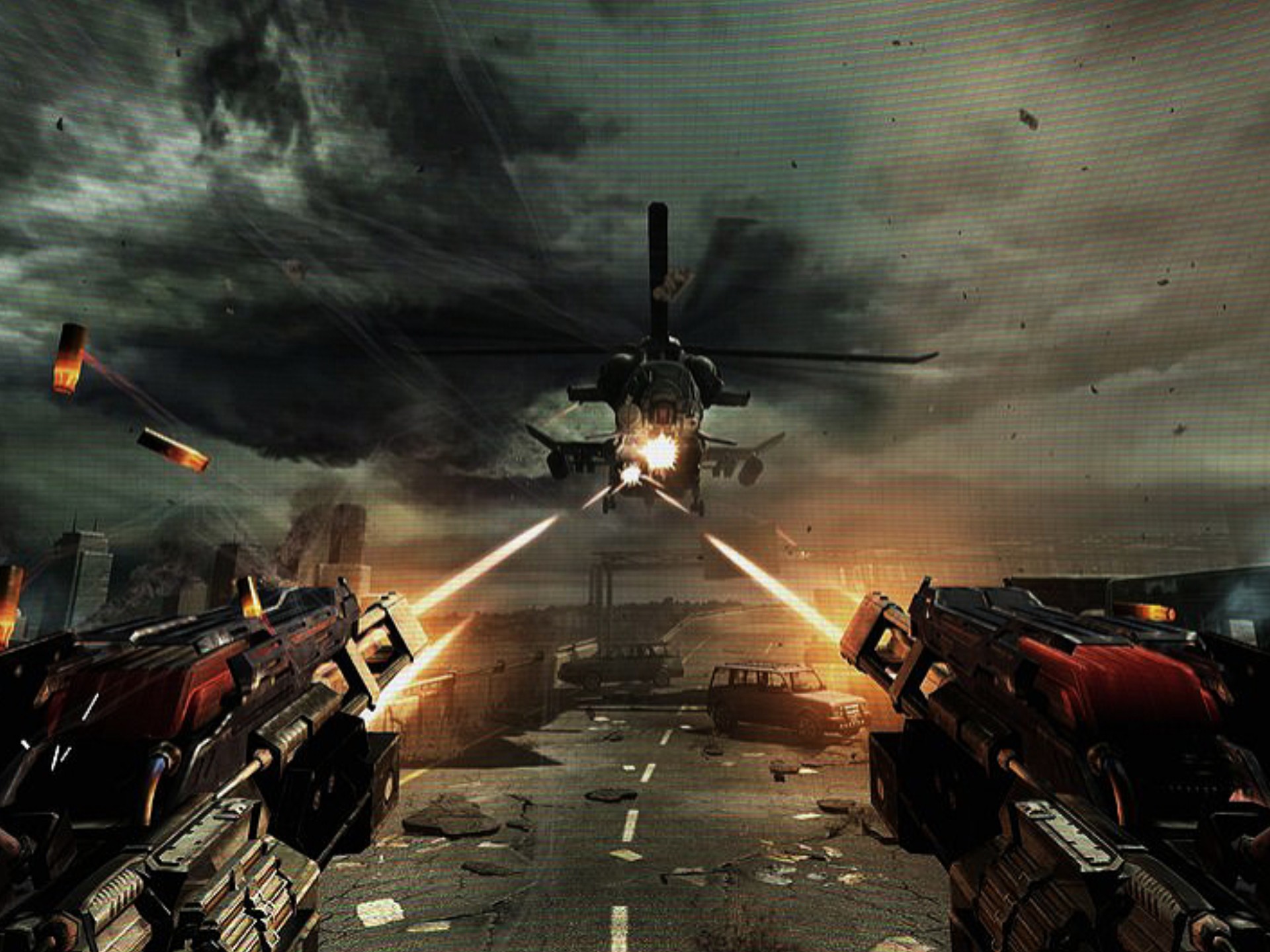Title: Expanding Realms: The 'Compose Missions' Expansion for Music Simulator VR
Introduction
Virtual Reality (VR) has redefined immersive experiences, and music-based VR applications have opened new avenues for creativity and engagement. "Music Simulator VR" stands at the forefront of this revolution, allowing users to step into virtual environments where they can play instruments, mix tracks, and perform live shows. The newly announced expansion, "Compose Missions," takes this concept further by integrating structured challenges that blend music theory, composition, and interactive storytelling. This expansion not only enhances gameplay but also empowers users to become better musicians and composers through hands-on, mission-based learning.
The Core Concept of "Compose Missions"
"Compose Missions" is designed to transform passive music experimentation into an active, goal-oriented journey. Unlike the base game, which focuses on freeform creativity, the expansion introduces a series of missions that guide players through various aspects of music composition. Each mission is crafted to teach specific skills, such as melody writing, harmony construction, rhythm patterning, and dynamic expression, all within an engaging VR framework.

Players are placed in themed virtual studios—ranging of futuristic sound labs to orchestral halls—where they must complete tasks like creating a catchy hook for a pop song, scoring a tense scene for a film, or developing a complex electronic beat under time constraints. The missions are tiered by difficulty, catering to beginners and advanced users alike, with rewards such as unlockable instruments, effects, and virtual venues upon completion.
Educational Value and Skill Development
One of the standout features of "Compose Missions" is its educational underpinning. The expansion collaborates with music educators to ensure that each challenge aligns with fundamental music principles. For instance, an early mission might require players to compose a simple melody using a pentatonic scale, while later missions introduce chord progressions, counterpoint, and even orchestration.
Through immersive feedback mechanisms, the game provides real-time analysis of the player’s compositions. Visual cues highlight rhythmic accuracy, harmonic compatibility, and melodic flow, offering suggestions for improvement. This iterative process mirrors traditional music education but in a dynamic, low-pressure environment. Users can experiment freely, make mistakes, and learn through doing—a method proven to enhance retention and understanding.
Narrative Integration: A Story-Driven Approach
To elevate engagement, "Compose Missions" incorporates a light narrative structure. Players assume the role of an up-and-coming producer working with a virtual record label or film studio. Each set of missions advances a storyline: perhaps producing a hit album for a virtual artist or composing the soundtrack for an indie game. Characters within the VR world—such as a seasoned producer mentor or a demanding director—provide context feedback and narrative motivation.
This story-driven approach not only makes the learning process more enjoyable but also simulates real-world scenarios. Players must adapt their compositions to fit specific genres, moods, or client requests, fostering versatility and creative problem-solving.
Social and Collaborative Features
The expansion emphasizes community and collaboration. Multiplayer missions allow friends to team up in co-op mode, where one user might handle percussion while another crafts melodies, jointly completing objectives. Additionally, players can share their mission outputs on integrated platforms, participate in weekly challenges, and even join virtual showcases where the community votes on the best compositions.
These social elements encourage healthy competition and peer learning, creating a vibrant ecosystem where users inspire each other. For aspiring musicians, this can lead to meaningful connections and opportunities beyond the game.
Technical Innovations and Immersion
"Compose Missions" leverages cutting-edge VR technology to deepen immersion. Haptic feedback instruments—like virtual keyboards drum pads—provide tactile response, enhancing the realism of playing. Spatial audio ensures that every note and effect is positioned accurately in the 3D environment, making mixing and mastering tasks more intuitive.
The expansion also introduces adaptive AI that tailors missions to the player’s progress. If a user struggles with rhythm, the system might generate additional rhythm-focused tasks, offering personalized learning paths.
Conclusion
The "Compose Missions" expansion for Music Simulator VR represents a significant leap forward in music-based VR applications. By combining structured challenges educational content, narrative depth, and social interaction, it transforms the game from a sandbox tool into a comprehensive music composition platform. Whether you’re a novice looking to learn the basics or an experienced musician seeking creative inspiration, this expansion offers a unique, immersive way to explore the art of music making. As VR continues to evolve, initiatives like "Compose Missions" highlight its potential to revolutionize not just entertainment, but also creative education.
Tags: #MusicVR #VRGaming #MusicEducation #ComposeMissions #VirtualReality #MusicSimulator #CreativeLearning #VRExpansion #GameDesign #InteractiveMusic
















